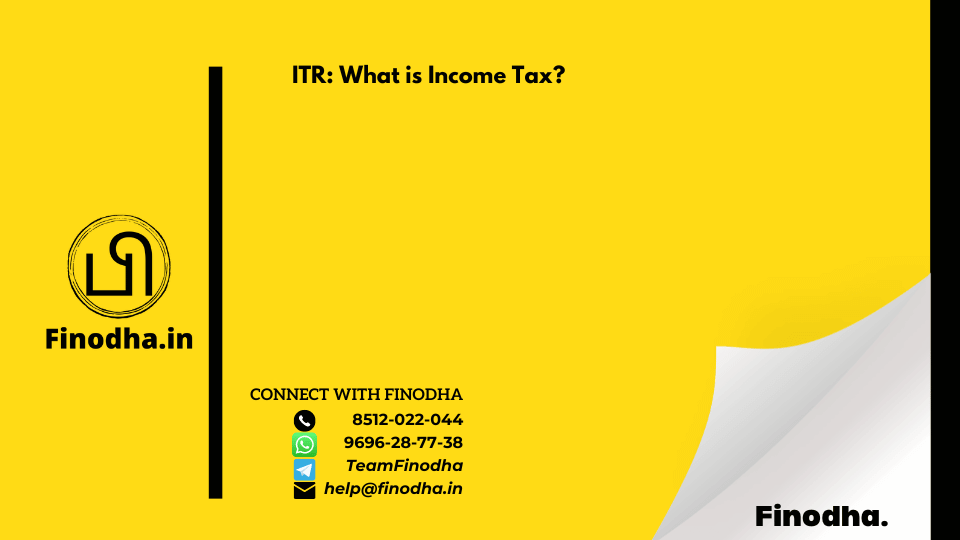Important Keyword: Direct Tax, Income Tax, ITR-1, ITR-2, ITR-3, ITR-4, Taxpayer Categories, TDS. ITR: What is Income...

Most individuals primarily derive income from salary, house property, and interest, rendering them eligible to file ITR-1 (SAHAJ).
If income emanates from multiple house properties, ITR-2 is applicable.
it’s imperative to fulfill tax obligations by filing Income Tax Returns (ITR) and settling taxes on such earnings. Equity share trading typically manifests in two primary forms: Equity Delivery Trading and Equity Intraday Trading.
Exchange-traded funds (ETFs) made their debut in India in 2002, offering investors a diversified and cost-effective investment option. Unlike investing in individual stocks, where the risk is concentrated in a single company, ETFs allow investors to spread their risk across multiple companies within a specific sector or index.
Investing in unlisted shares means buying ownership stakes in companies that haven’t gone through the process of making their shares available for public trading through an Initial Public Offering (IPO).

May 12, 2024 | Income Tax, Income Tax filing
Important Keyword: Direct Tax, Income Tax, ITR-1, ITR-2, ITR-3, ITR-4, Taxpayer Categories, TDS. ITR: What is Income...

May 8, 2024 | Income Tax, Income from Trading
Important Keyword: Business Income, Capital Gains, Equity Trading, Income Tax Rates, ITR-2, Tax Audit. Income Tax on...

May 7, 2024 | Income Tax, Income from Trading
Important keyword: Capital Gains, ETF, ITR-2, Trading Income. ETF: Exchange Traded FundETF: MeaningTax treatment of...
The page you requested could not be found. Try refining your search, or use the navigation above to locate the post.